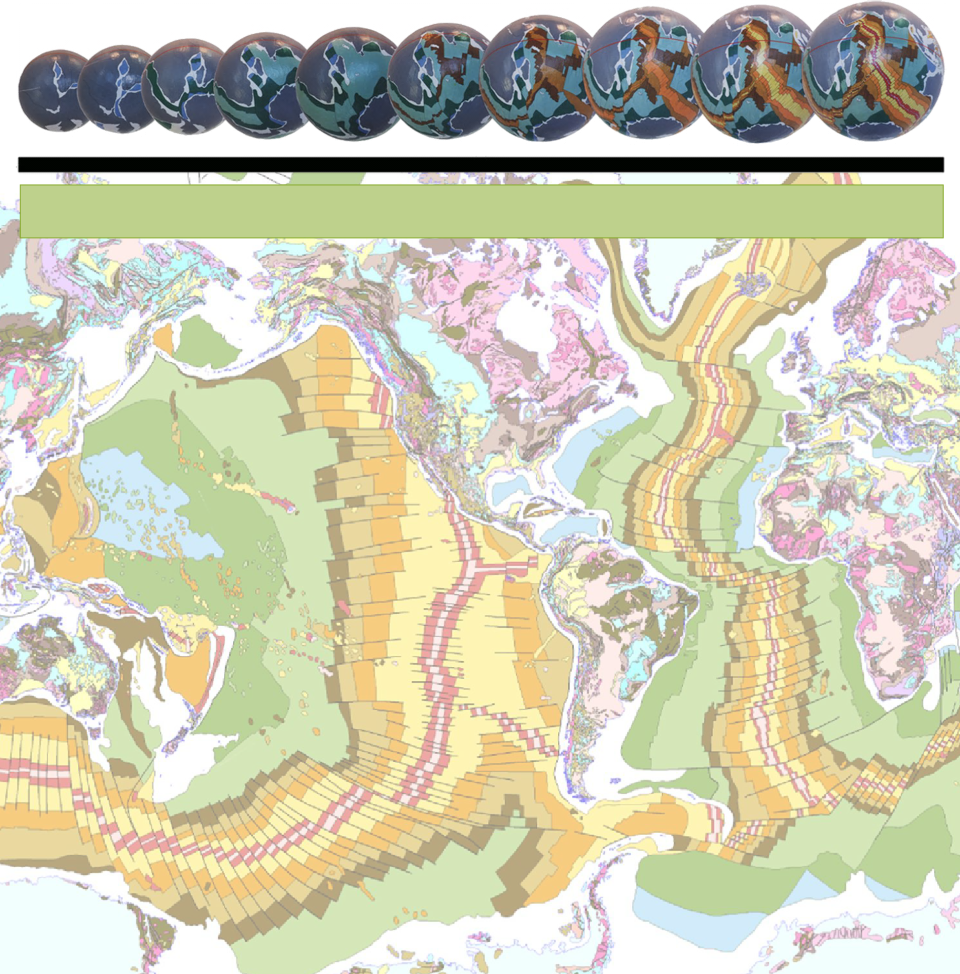

MODERN CONTINENTS
On an Expansion Tectonic Earth, prior to 250 million years ago, the ancient supercontinents existed as a complete continental crustal shell encompassing the entire Earth with no intervening oceans. This supercontinental phase lasted for some 3,750 million years and ceased with the breakup of Pangaea during the late-
The outlines and configurations of the supercontinents were controlled and dictated by changes to the ancient sea-
The modern continents have only existed in their current form since breakup of the ancient Pangaea supercontinental crust first started some 250 million years ago.
The modern continents simply represent the fragmented remains of the ancient Pangaea supercontinental crustal shell.
This fragmentation and breakup occurred because the ability of the ancient supercontinental crusts to continue to stretch during on-
Many of the modern continents now have a nucleus of most ancient crusts which are surrounded in turn by younger sedimentary basins or orogenic rocks. These orogenic rocks generally comprise older sediments that have been heated and folded. This global network of ancient sedimentary basins and orogenic rocks is analogous to the modern oceans whereby the network of crustal weakness contained within these basins represents the precursor to the modern mid-
When describing the development and subsequent history of the modern continents, geographical orientations relative to the ancient equator will be given in lower case, for example, the long axis of Australia was orientated north-